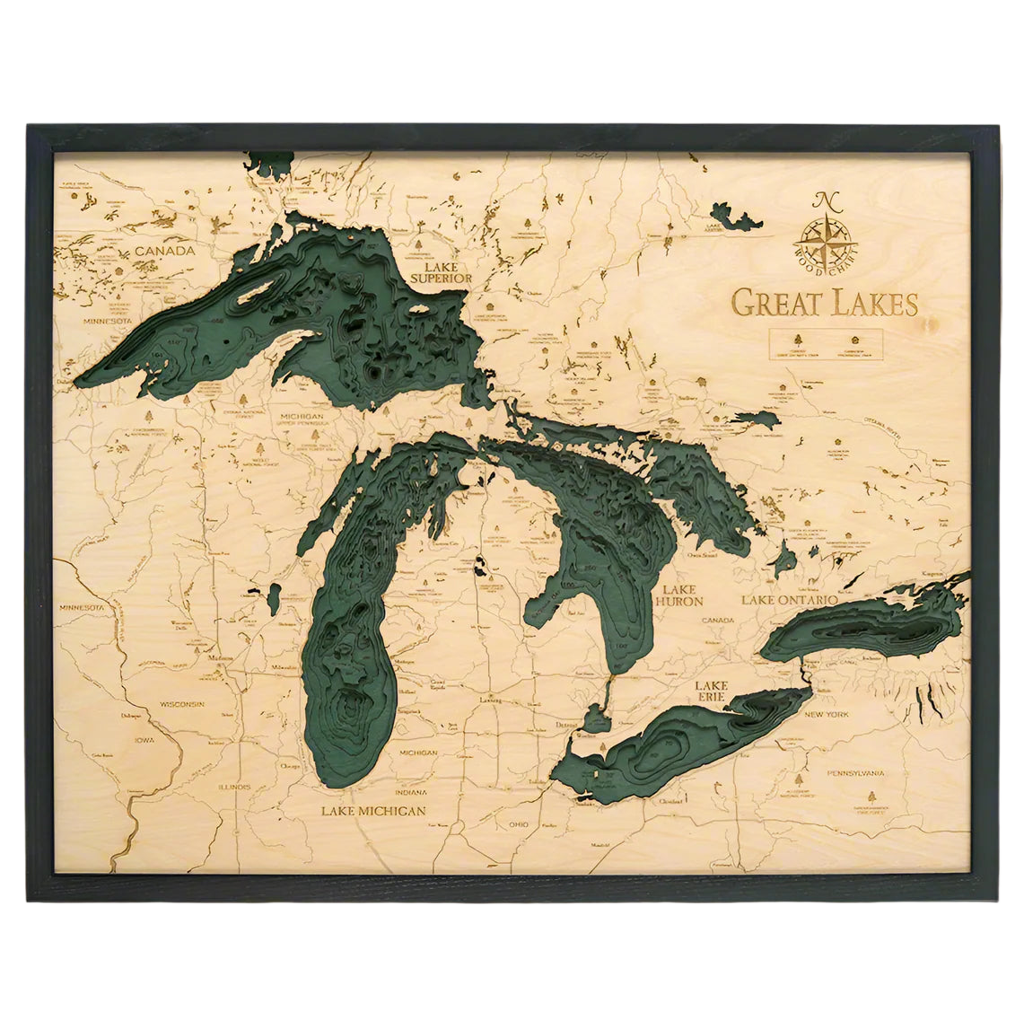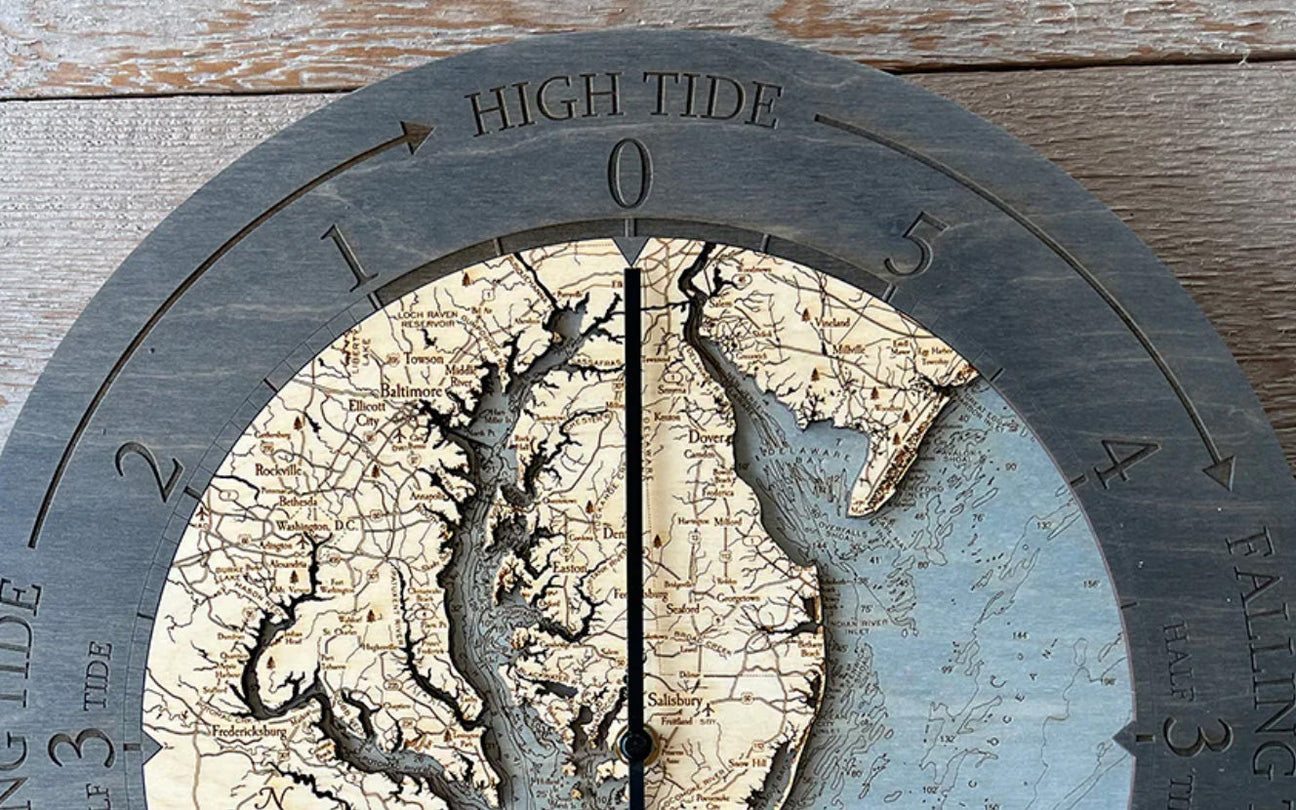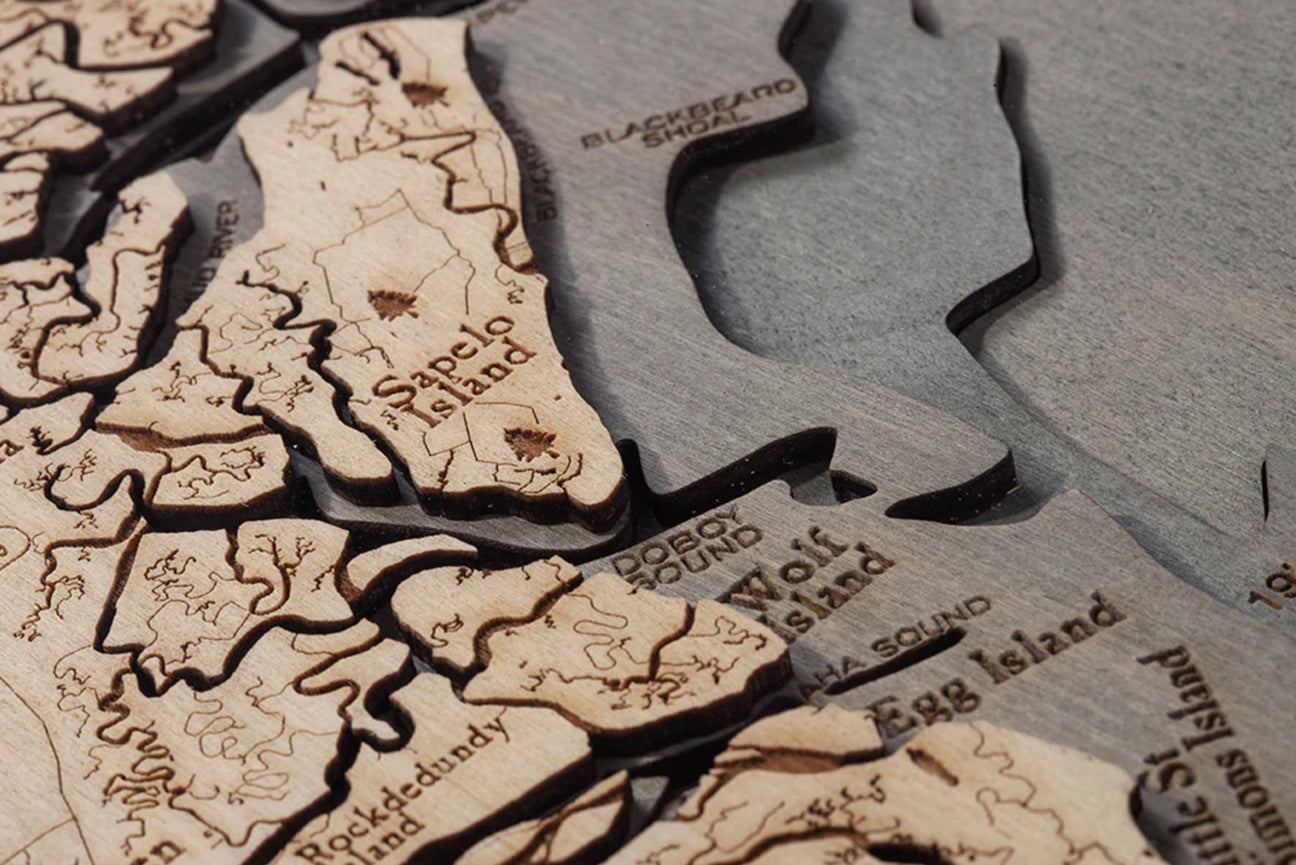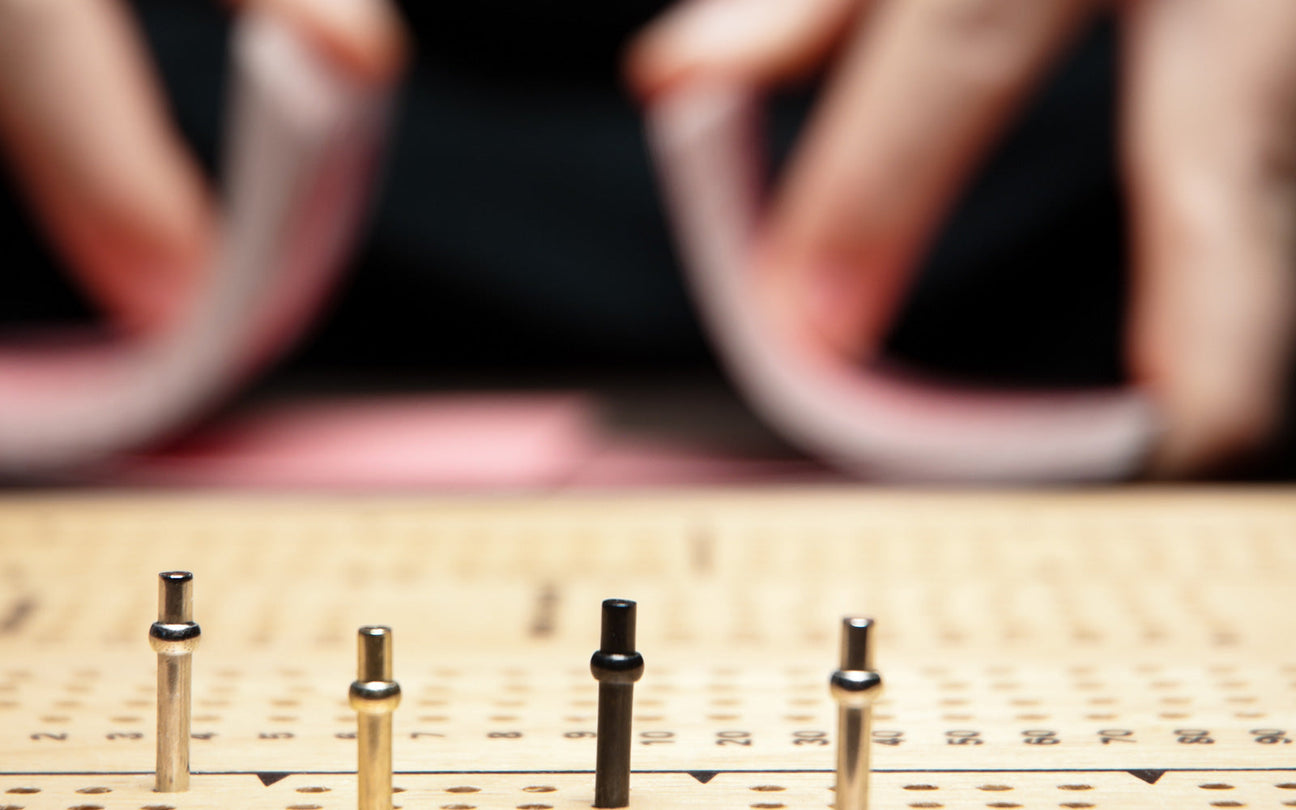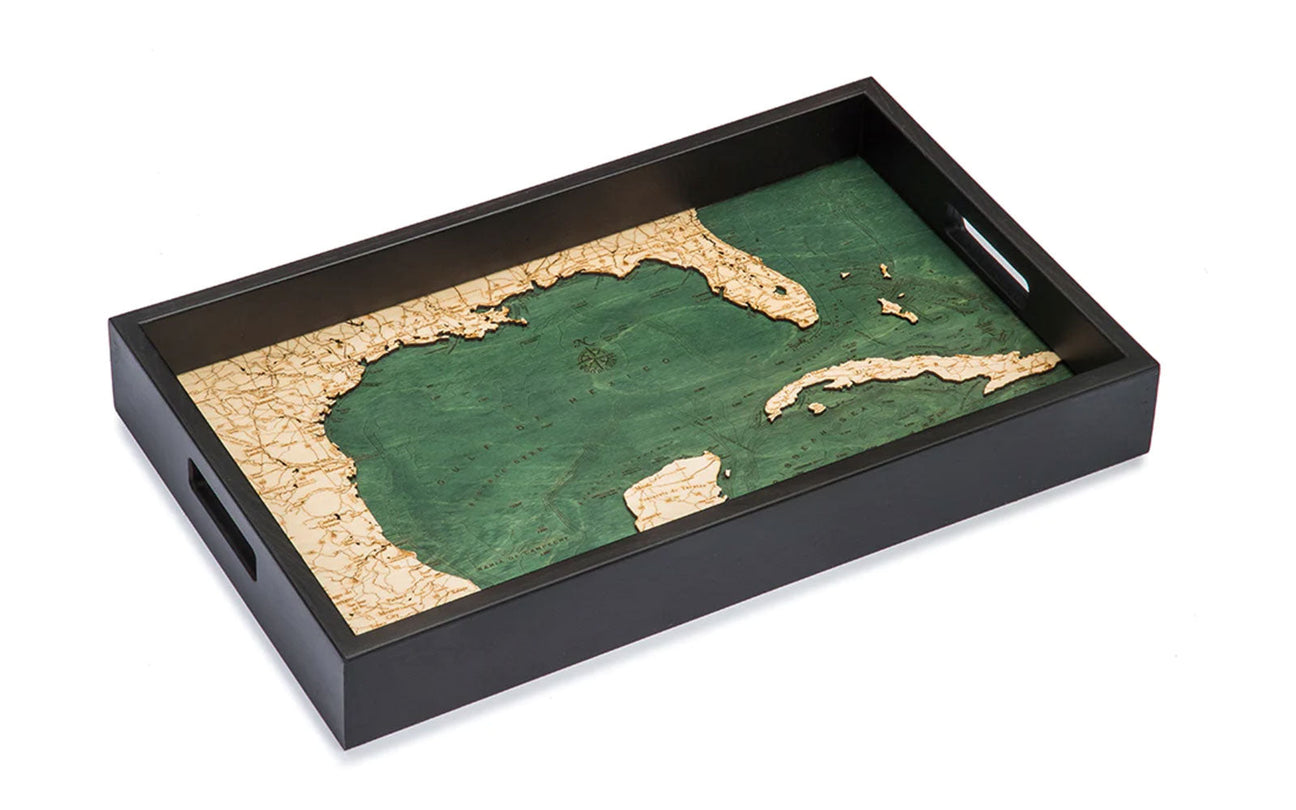Don’t call it a comeback – cribbage has been here for years. The ever-popular game that combines skill, luck, cards, and a wood cribbage board is enjoying as much popularity now as ever. Playing cribbage is a common pastime for the strategic game player and has more than 10 million players in the United States from New England to the Pacific coast.
In Great Britain, one- to two million players participate in national leagues, and it is estimated just as many participate in casual play. Playing cribbage has a long-storied past, whether you believe it was created by the 17th-century poet Sir John Suckling or even before that, as described by Charles Cotton in 1674. Over time, the rules have remained unchanged, the undeniable sign of a loyal following and a solid competitive objective.
The objective of playing cribbage is to be the first player to obtain the highest number of pegged points on the wood cribbage board. Thus, a game to 61 is acceptable for some, while others will only accept a match challenge to 121. Traditionally played by two players, variations including four and six players – never five! – have been adopted.
Cribbage boards are designed to allow play to 61 as well as 121. The shorter board of 61 features two tracks that require players to peg “up and back” on the same track to get to 121. A wood cribbage board that features continuous tracks to 121 is a clean, one-way track to victory.
Cribbage Terms
Terminology has also followed the game through the years. Playing cribbage means using and understanding terms passed down over the years that are strangely and uniquely dedicated to the game. You will find your people instantly by speaking a cribbage term in casual conversation.
Serious Game, Funny Names
- skunk
- pone
- two for his heels
- one for his nob
Each of these terms has a specific meaning and circumstance in which it is used while playing cribbage. Possibly most concerning for the dealer (and somewhat reminiscent of Harry Potter?) is when the pone calls out, “Muggins!” and begins to peg uncounted points left unnoticed by the dealer.
Cribbage may have become the most popular of all two-hand card games if the necessity of a game board had not been emphasized. However, with the use of a high-quality wood cribbage board, your game might improve! In addition, playing cribbage is instantly more interesting with a wood cribbage board that doubles as a piece of art.
Getting Started: What You Need for Playing Cribbage
Even though it has been around for a long time, there are still so many that do not know how to play. Rest assured, playing cribbage will quickly become your new obsession. The requirements for a game of cribbage are readily available and easily portable. A spirited match can start any time and any place with a few simple items, including:
What You Need to Get Your Cribbage Match Started
- two players
- standard deck of playing cards (no jokers needed)
- favorite wood cribbage board
The board of choice will have 121 holes for pegging play and start, finish, and scoring holes. A high-quality wood cribbage board will also allow for storage of the cribbage pegs on the underside of the board, keeping all supplies efficiently at hand. Add a worthy opponent and a standard deck of cards and you are ready to challenge your next competitor.
A Dealer and a Pone: Always Needed for Playing Cribbage
When playing cribbage, these roles are interchangeable throughout the game. Simply put, the dealer deals the cards, and the pone is not the dealer in a two-hand game of cribbage. After each hand, the dealer and pone exchange roles, and play will continue.
The Cut and the Deal

A standard deck of playing cards is used, and the cards rank from king (high) to ace (low). Face cards count as ten points each; other cards count as their index value. The players cut the deck, and the one with the low card deals first, with the deal alternating between each hand. Six cards are dealt alternately to the dealer and the pone. It is at this point that the strategy begins!
Each player keeps their four cards of choice and discards the other two to the crib. Once the pone discards to the crib, those cards help the dealer score, so it is vital to layaway cards that are least likely to create a scoring combination. After the discard, the undealt remainder is cut again by the pone, and the top card is turned faceup on the remainder of the deck, becoming the starter card.
If the starter card is a jack, the dealer immediately pegs two points, which is called “two for his heels.” If the starter card is any other card, the jack of that suit (called the “knave noddy” in the game referenced by Charles Cotton) is worth one point to the holder of that jack, called “one for his nob,” and is scored later.
The Play and the Show
The pone (non-dealer) begins by laying down any card in their hand in front of them, announcing its counting value. The dealer then plays a card, each adding cards to their pile to be counted later in the showing and states the total of the two cards. Play continues with each player announcing the new total until the total reaches 31, or one player cannot play without increasing the total beyond 31.
If either player cannot play a card without exceeding 31, their opponent must play any card(s) in their hand without exceeding 31. In each sequence, the last to play scores a “go,” two points for reaching precisely 31 points, or one point for any lesser total. After a “go,” the count begins again at zero.
Points are also pegged for certain combinations of cards that are played consecutively. The score is pegged to the player who completes the combination. Any player who adds to a combination can score the value of the new combination.
Other Card Combinations for Points
- scoring exactly 15 (2 points)
- playing a pair (2 points)
- three of a kind (6 points)
- four of a kind (12 points)
- playing third or subsequent card in a run (1 point for each card in the run)
After all four cards have been played, the next step is to score the points. The values of each hand are counted starting with the pone, then the dealer, and, finally, the crib, which gives points to the dealer. The starting card counts as the fifth card for each of the three hands.
Scoring can occur during the round and at the end of the round. During the round, the players can score points at the end of their turn. Scoring the round occurs at the end when each player scores their hand, and the dealer also scores the crib. Keep in mind – any points the dealer fails to count can be added to the pone’s score when they proclaim, “Muggins!”
There are additional card combinations that provide points for each player. These are counted after the hands are scored. Additional combinations that provide points include:
Additional Point Combinations
- every combination of two or more cards totaling 15 (2 points)
- each pair (2points)
- every sequence of three or more cards (1 point per card in sequence)
- four cards of the same suit (4 points)
- 5 points if the same suit as the starter card
- his nob (jack of the same suit as starter)
There is much discussion regarding the maximum points pegged per hand for both the dealer and the pone. It is widely agreed that 29 points are the highest possible points for one hand and that the dealer will always peg at least one point. While 29 points may be the highest possible, the chances of getting this hand are 1 in 216,580!
When learning the basics of playing cribbage, it is crucial to keep the order of scoring in mind. There is no deviation from the standard order. The order is as follows:
Order of Cribbage Scoring
- two for his heels
- combinations in the play up to 31
- scoring in play for go (1 point, or 2 points for making 31 exactly)
- scoring of pone’s (non-dealers) hand
- scoring of dealer’s hand
- dealer’s scoring of the crib

As the players approach a score of 121, greater attention is paid to the order of scoring as the pone (non-dealer) has the advantage in scoring first. The game is over if either player counts out in the play or the showing. If the non-dealer counts out in the showing, the dealer is out of luck – even if the total points from their hand and crib would score a higher total.
Additionally, if the dealer has not counted at least 61 points when the pone counts out, they are “skunked!” In a game of etiquette and long-standing tradition, being “skunked” has not changed much in intent over the years; it remains an unfavorable outcome.
Pegging the Score
Scoring is called pegging because it is done by using the pegs provided with your wood cribbage board. Using two pegs, the two players move them according to the number of points scored in order. The placement of the pegs also has a specific order.
Each player receives three pegs; the color of the peg is different for each player. One cribbage peg is for current points. The second peg is used to leapfrog the first peg and count points for the next hand. This process of pegging allows current points as well as points earned on the last score always to be seen.
The third peg indicates the number of wins for each player by placing it in the appropriate hole. With a glance at the board, any spectator can see who is leading the match! The pegs are intended to progress down the continuous track of 121 holes until the final scoring reveals the winner.
Shuffle Up and Deal

After each player has played all their cards and completed the scoring, the cards are returned to the full deck, shuffled, and dealt as before. This process continues until one player has reached 121 points. The fast pace and intricate scoring details challenge new players but quickly turn a newbie into an obsessed cribbage player.
The object of playing cribbage is to reach 121 points before your opponent. So, the scoring, the pegging, the cards, the play, and the show—is it luck or skill? Perhaps that depends on whether you are winning? The bottom line is that the winner of the cribbage match is the master of a fast game, gaining experience and intuition.
Practice Playing Cribbage and Master the Game
Cribbage is a game of few rules but endless subtleties which contribute to its ongoing appeal and popularity. Strategy and tactical play dominate the game, and often a match can come down to a few points or even a single one. With the score constantly displayed on the wood cribbage board, the experienced player calculates odds and makes decisions throughout each hand.
Sure, the score could easily be kept on a piece of paper, but where is the fun in that? The wood cribbage board keeps the score in the forefront of the players’ minds and observers, subjecting the players to good-natured heckling and encouragement alike. Sometimes you try to score points, and sometimes you try to stop your opponent from scoring points; the strategy lies in mathematics and tactics.
The best way to improve your game and keep your cribbage playing skills sharp is to always keep your board close. The portability of a high-quality wood cribbage board allows you to challenge others to a quick match at your local pub, the coffee shop, or anywhere you take your favorite board.
So, whether you are relishing the thrill of competition or simply enjoying time spent in your new favorite pastime, playing cribbage on your favorite wood cribbage board is officially your latest obsession!



